The water level in the Caspian Sea has dropped dramatically, putting what is considered the world's largest lake at risk of becoming a barren land.
Satellite images show that the water level in the Caspian Sea has been gradually decreasing over the years. Some places that were once ideal beaches are now dry land.
The situation in the Caspian is getting worse. Damming, overexploitation, pollution and climate change are all pushing the Caspian Sea to the brink of irreversible damage.
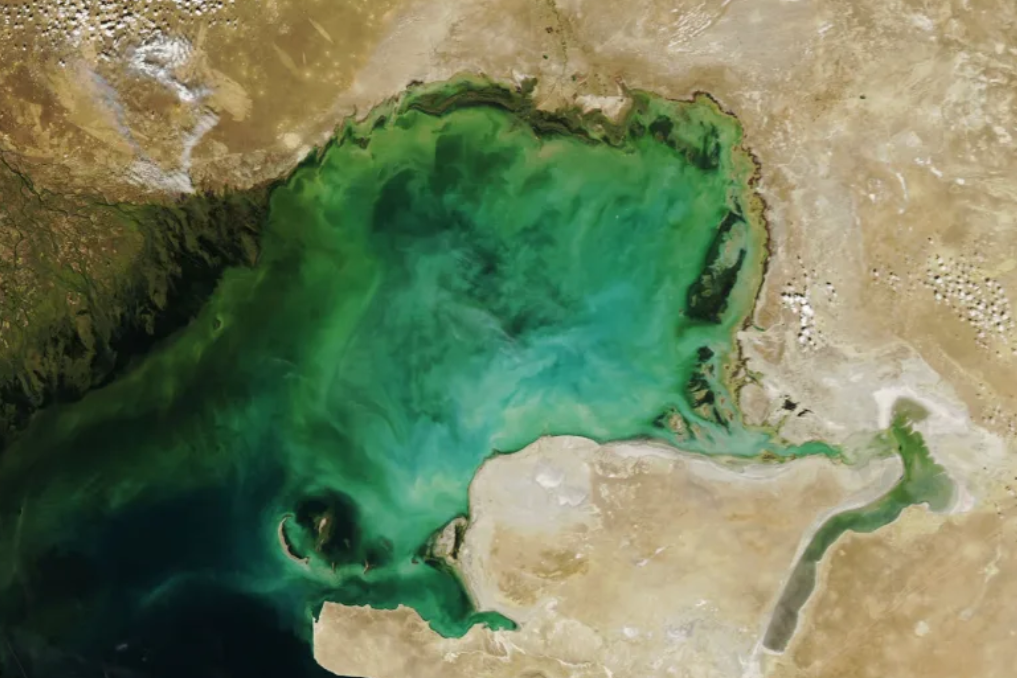
Satellite image of the northeastern Caspian Sea taken in September 2006
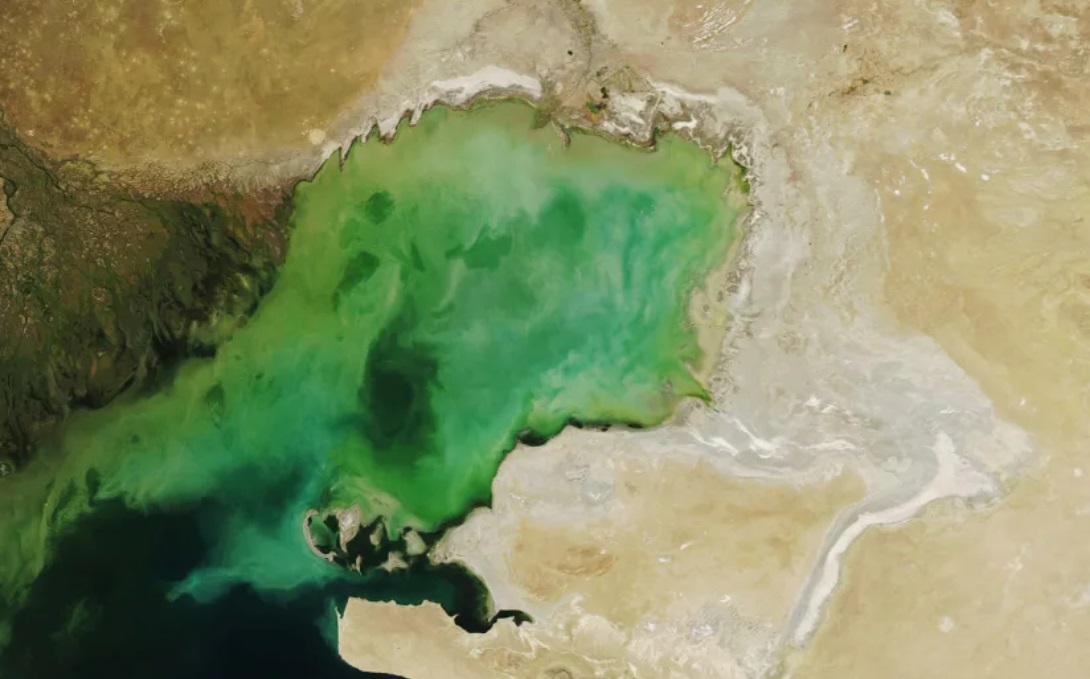
Water levels in the northeastern Caspian Sea to partially dry up by September 2022
Caspian Sea alarm
The world's largest lake without an ocean, the Caspian is called a "sea" because of its vast area. The surface area of the Caspian is over 370,000 km2, with an arc of sea stretching over 6,400 km and shared by five countries: Kazakhstan, Iran, Azerbaijan, Russia and Turkmenistan.
The countries also use the Caspian Sea for agriculture , fisheries and tourism. It also has large oil and gas reserves and helps regulate the climate and bring humidity to the Central Asian region.
While climate change is causing sea levels to rise, the opposite is true in landlocked places like the Caspian. Water levels there will depend on the balance between water from lakes and rivers and rainfall. Warming is causing many lakes to shrink. In addition, the Caspian Sea is fed by 130 rivers, and damming them is reducing the amount of water flowing into it.
If this situation continues, the Caspian Sea could end up in a similar situation to the Aral Sea, about 2,500 km east of the Caspian Sea, located between Kazakhstan and Uzbekistan. In less than 30 years, the Aral Sea, once one of the world's largest lakes, has almost completely dried up.
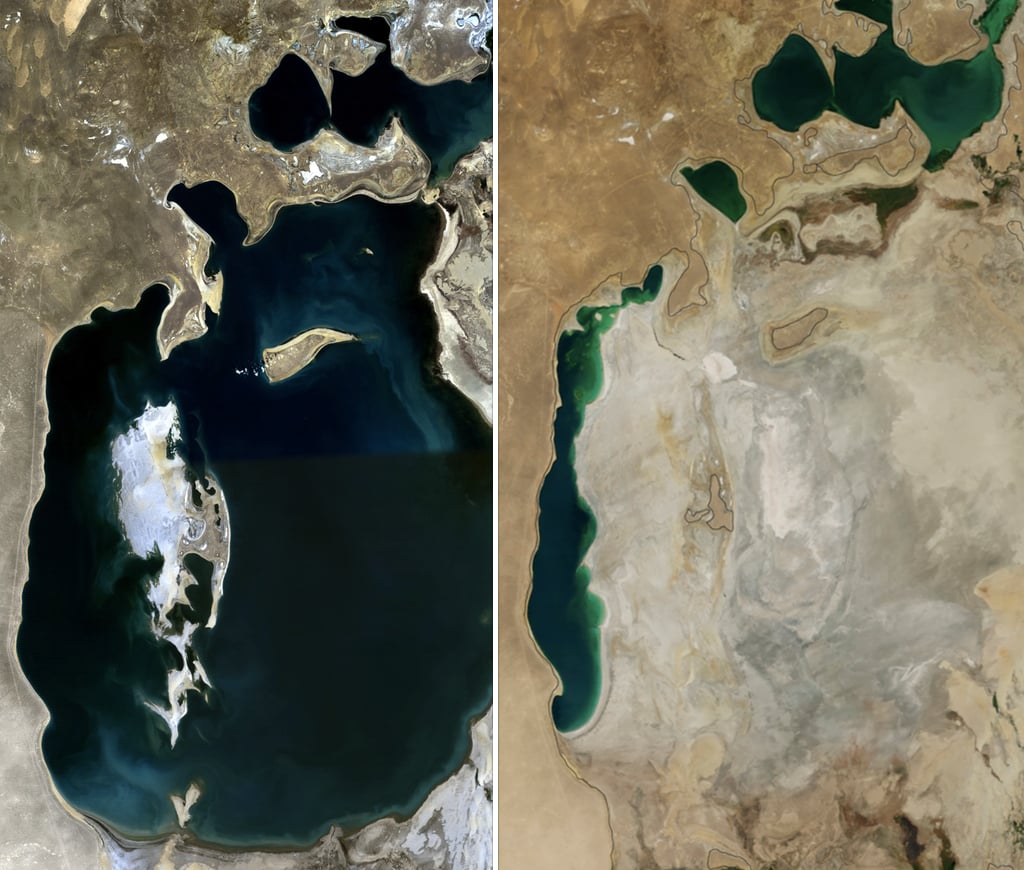
Satellite images of the Aral Sea in 1989 (left) and 2014
Risk of ecological disaster
The Caspian Sea has been falling since the mid-1990s, but the rate of increase has accelerated since 2005. Earth system modeler Matthias Prange (University of Bremen, Germany) said that as the world warms, the water level in the Caspian Sea will fall even more sharply. Mr. Prange predicted that the water level will fall 8-18 m by the end of the 21st century, depending on the rate of global fossil fuel reduction.
Even in a more optimistic scenario, the shallow waters of the northern Caspian Sea around Kazakhstan alone could disappear by the end of this century, according to Joy Singarayer, professor of paleoclimatology at the University of Reading in the UK.
Observers say this could spell a crisis for the countries surrounding the Caspian Sea. Fishing grounds will shrink, tourism will decline and shipping will be disrupted as ships run out of places to berth.
Mr. Singarayer also predicted geopolitical competition over dwindling resources, with countries bordering the Caspian Sea likely to step up their exploitation of water and oil resources. The problem will be further complicated by changes in coastlines due to falling water levels.
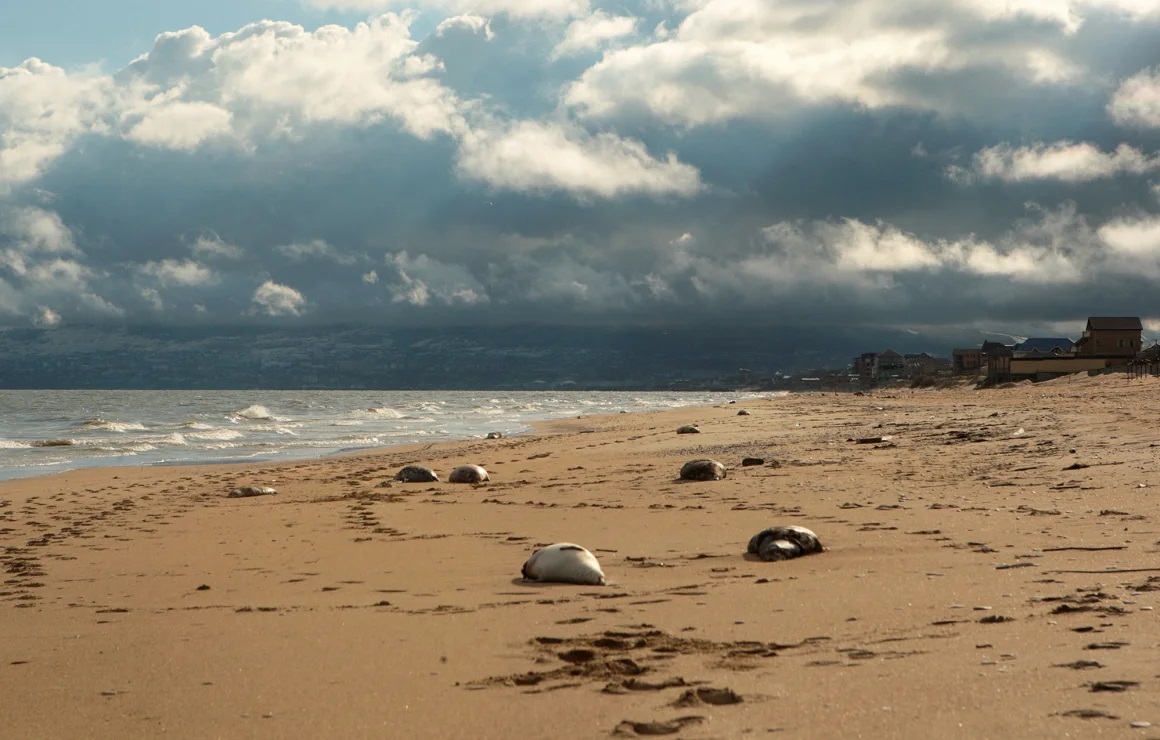
Caspian seal carcass washed ashore in Makhachkala, Russia in December 2022
The biodiversity and life in the Caspian Sea will also be threatened. In particular, it is home to the endangered sturgeon, which is responsible for 90% of the world’s caviar. The vast body of water has been landlocked for at least 2 million years, with the harsh conditions supporting many unique shellfish species that could disappear if conditions deteriorate. The Caspian seal, a unique species of seal found only in this sea, is also at risk of habitat loss.
In August, Azerbaijani President Ilham Aliyev called the decline in water levels in the Caspian Sea an ecological disaster.
Source: https://thanhnien.vn/bao-dong-do-o-ho-lon-nhat-the-gioi-185241029102104126.htm












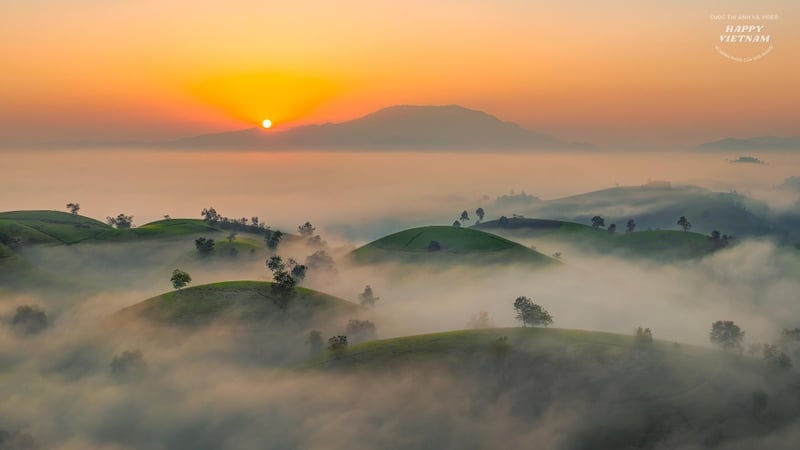






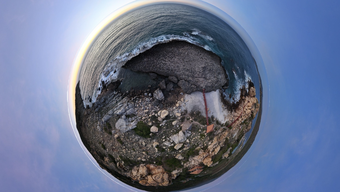


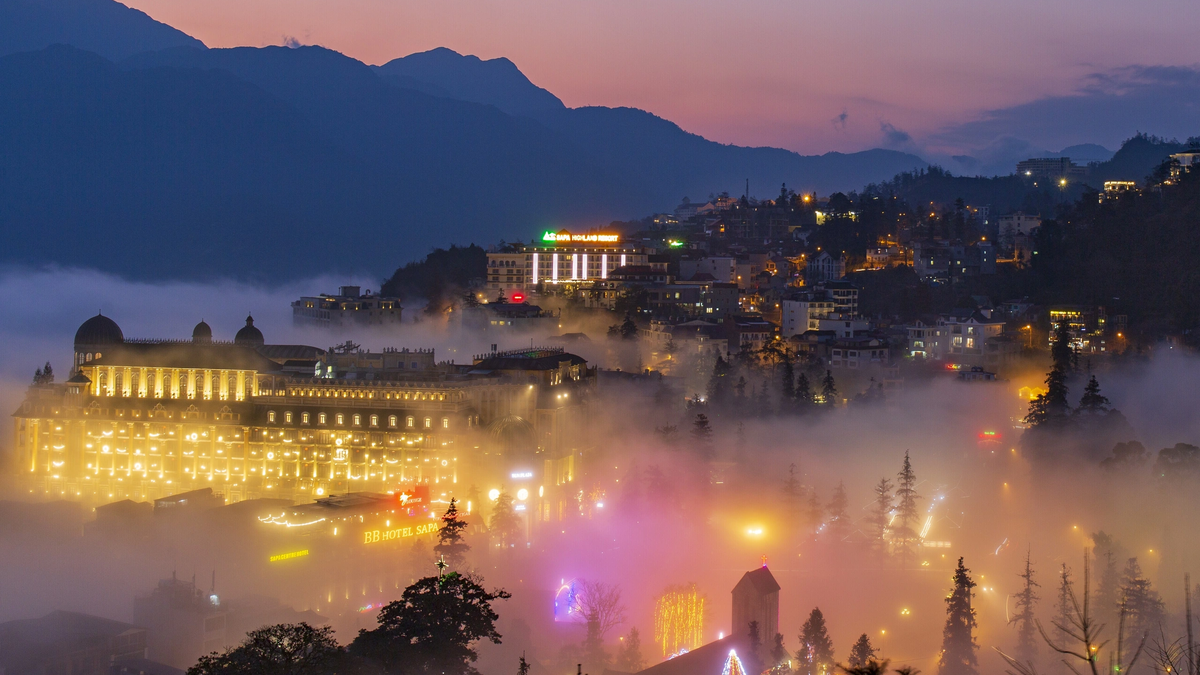

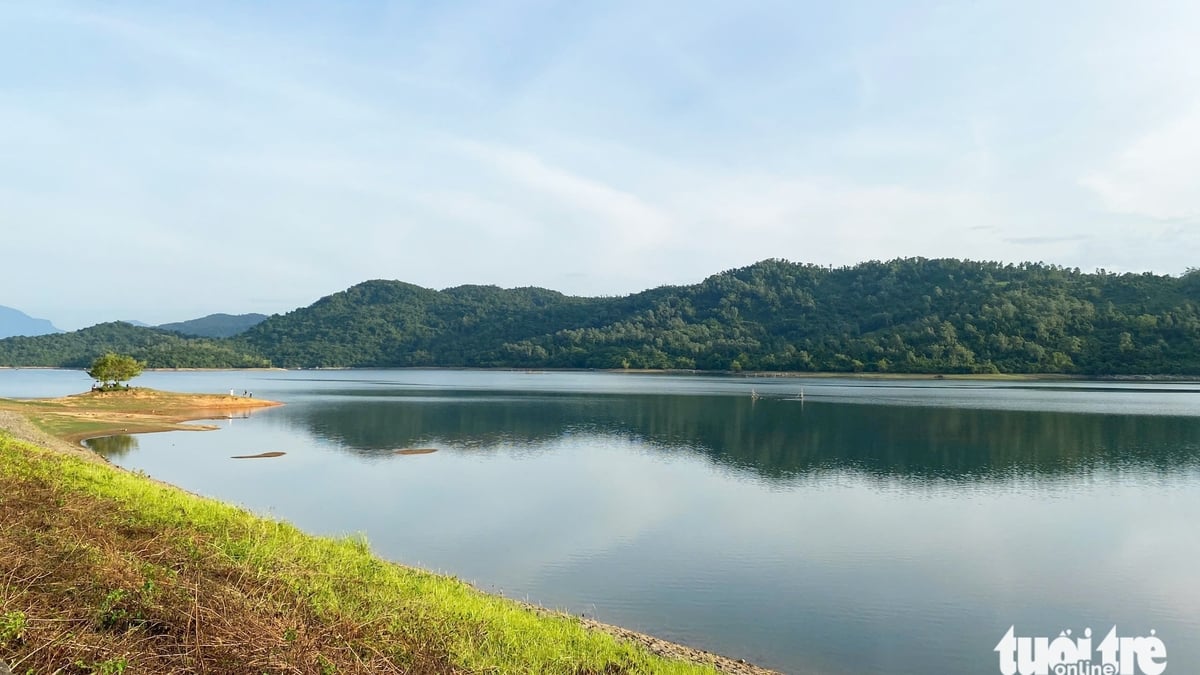

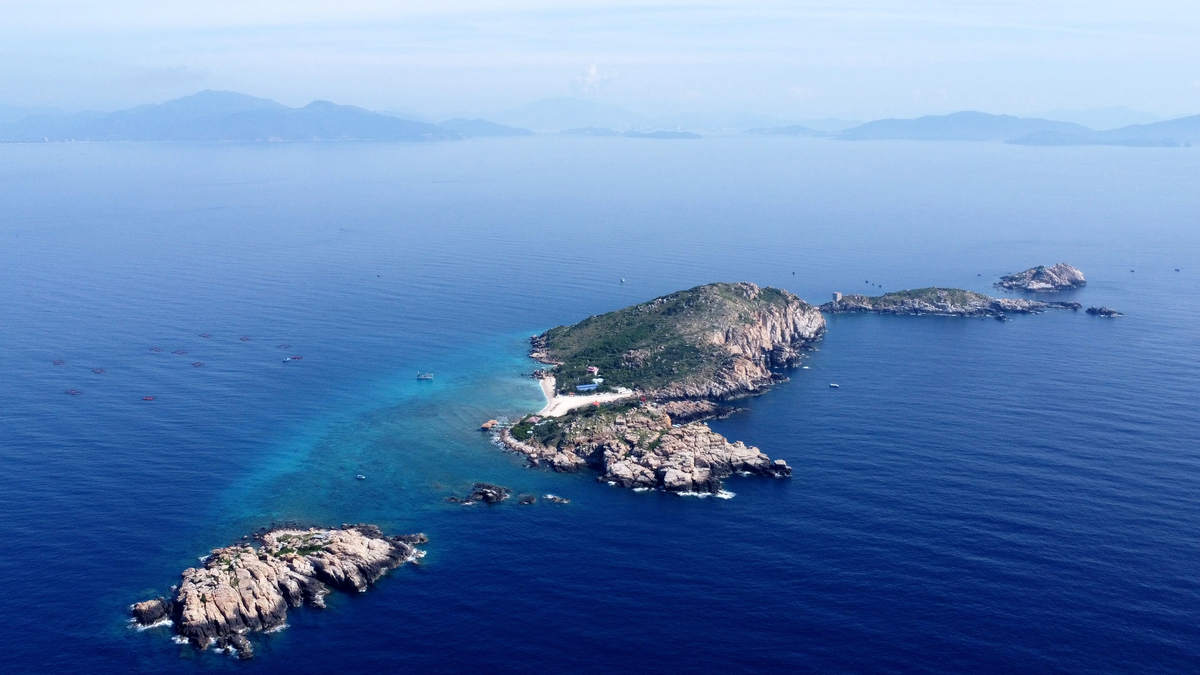


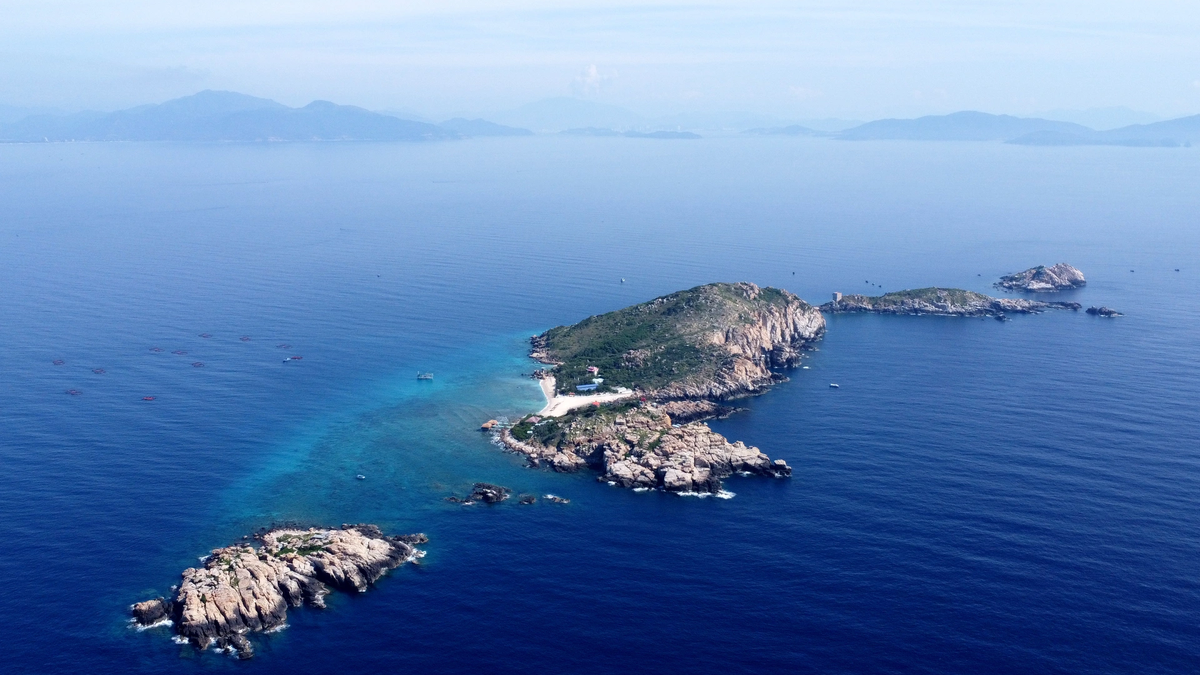

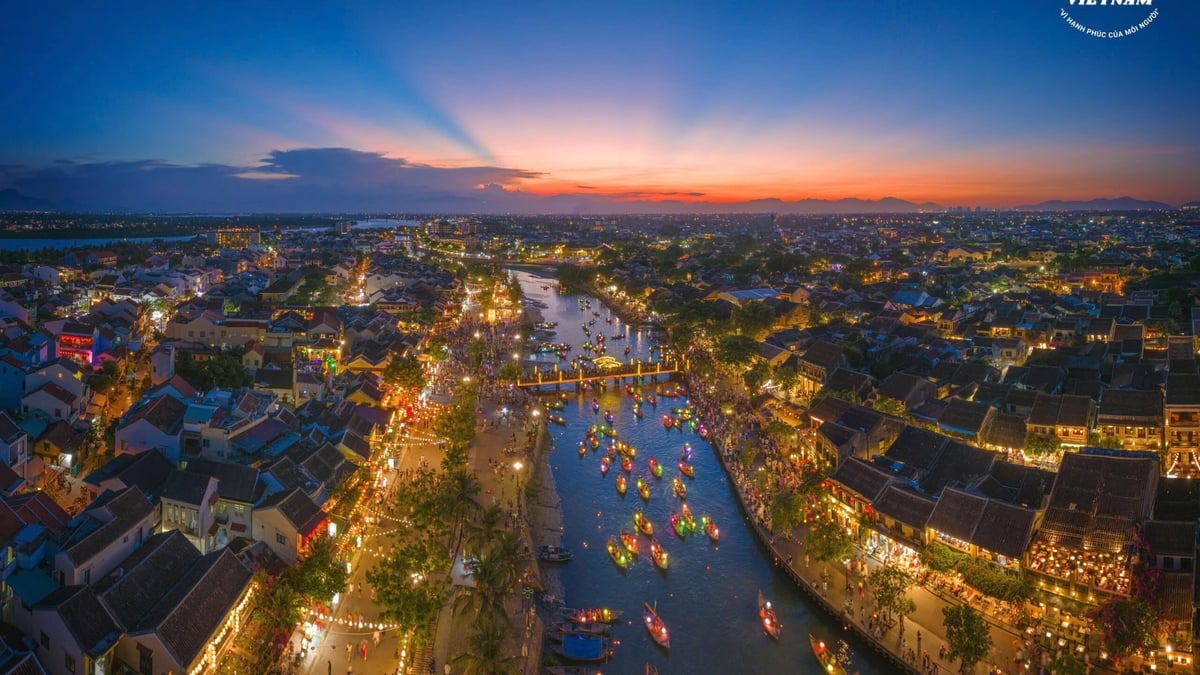







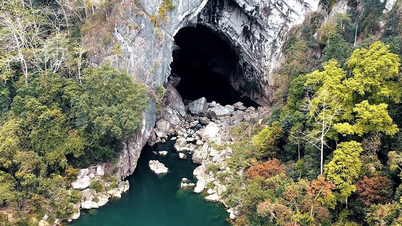
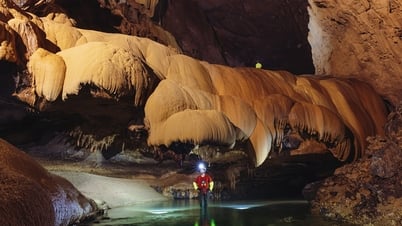



















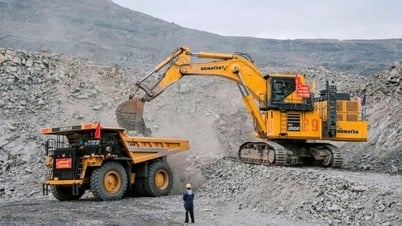


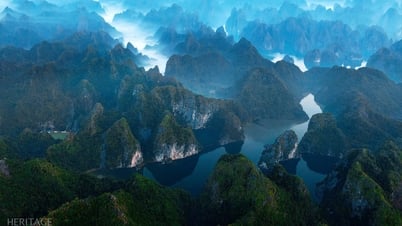














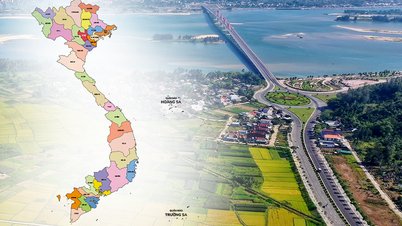


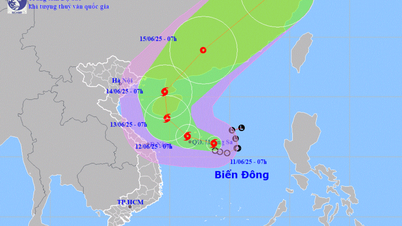

















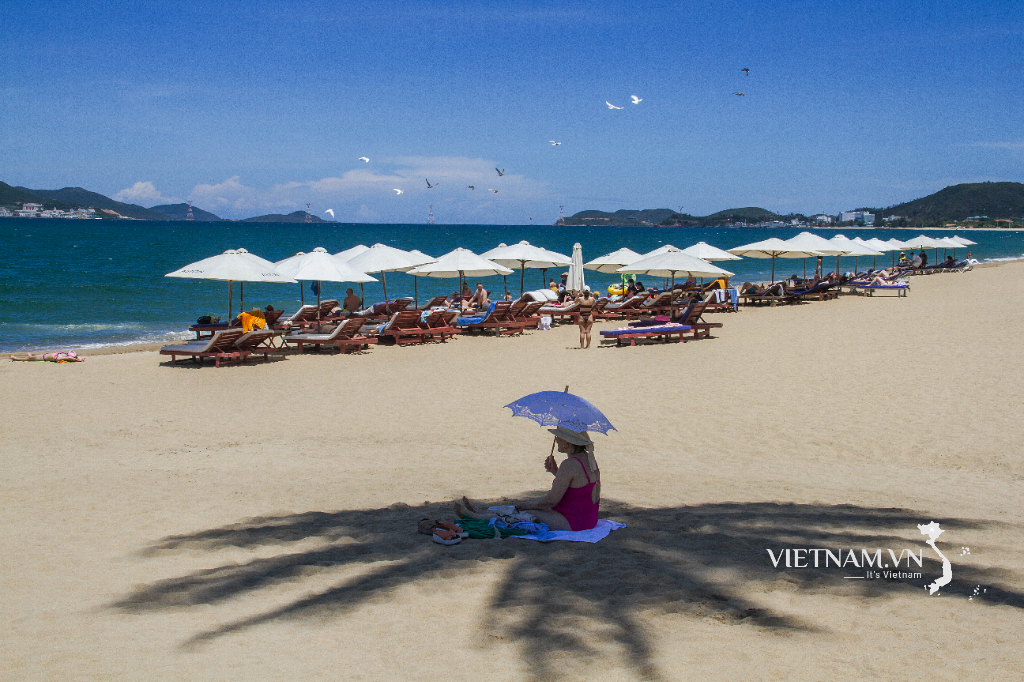


Comment (0)